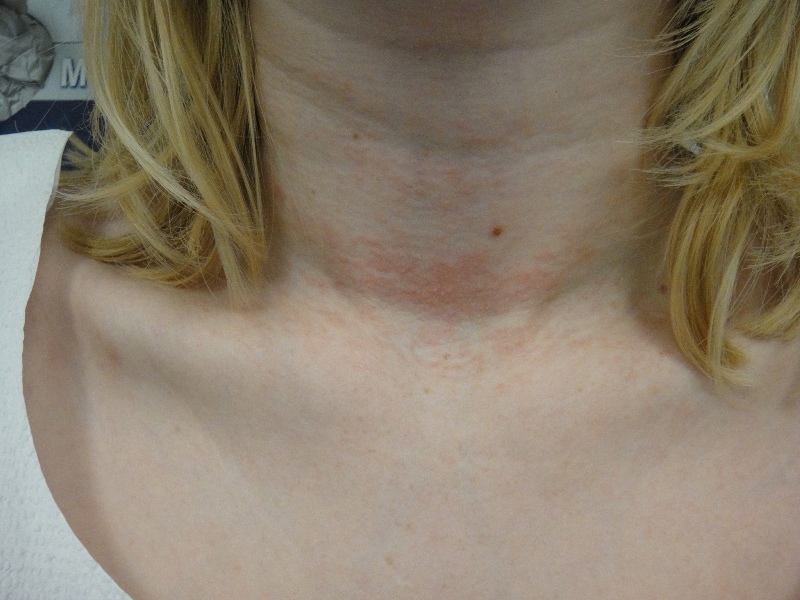CORRECT DIAGNOSIS:
Tungiasis
DISCUSSION:
Tungiasis is a cutaneous infestation by the gravid female sand flea Tunga penetrans. Endemic areas include in the Caribbean, Central and South America, sub-Saharan Africa, and on the Indian subcontinent.
Occasionally, both sexes of the sand flea require a blood meal from a warm-blooded animal in order to survive. However, only the female flea is able to penetrate dermis. Its abdomen will then expand in size creating a nodule up to 1cm in size. The rear cone of the embedded flea is exposed and, whether fertilized or not, eventually lays eggs through a central punctum. The total lifespan of the sand flea is approximately one month. After death, the remaining arthropod parts are sloughed off from the skin.
The condition is acquired by walking barefoot. Characteristically, the lesions are located on the toes, especially the subungual area, as well as the toe webs, soles, and heels. Lesions are usually single and consist of either an asymptomatic, tender, and/or pruritic nodule with a black to brown central tip representing the posterior end of the arthropod.
Ulceration secondary to infection and lymphangitis can complicate the course. Over half of periungual infections lead to deformation or loss of the nail.
TREATMENT:
Spontaneous recovery does occur. However, if desired, the flea can be removed with a sterile needle, curettage, electrodessication, or excision. Topical therapy with ivermectin, metrifonate, thiabendazole, and oral therapy with ivermectin, has not shown substantial benefit. Superinfection can occur, and broad spectrum topical or systemic therapy should be considered. Tetanus prophylaxis is indicated in those whose immunization status is not up to date or unknown.
REFERENCES:
Bolognia, J. L., Jorizzo, J. L., & Rapini, R. P. (2012). In Dermatology (3rd ed., pp. 1431-1432). Mosby Elsevier.
Feldmeier, H., Eisele, M., Van Marck, E., et al. (2003). Investigations on the biology, epidemiology, pathology and control of Tunga penetrans in Brazil: IV. Clinical and histopathology. Parasitol Res, 90, 87-99. https://doi.org/10.1007/s00436-002-0852-2
Heukelbach, J., Eisele, M., Jackson, A., et al. (2003). Topical treatment of tungiasis: A randomized, controlled trial. Annals of Tropical Medicine and Parasitology, 97, 743-749. https://doi.org/10.1179/000349803235002220
Sellheyer, K., & Haneke, E. (2009). Protozoan diseases and parasitic infestations. In D. E. Elder, R. Elenitsas, B. L. Johnson, et al. (Eds.), Histopathology of the Skin (10th ed., pp. 633-634). Lippincott.
Centers for Disease Control and Prevention. (n.d.). Tungiasis. DPDx – Laboratory identification of parasitic diseases of public health concern. Retrieved from http://www.cdc.gov/dpdx/tungiasis/index.html




